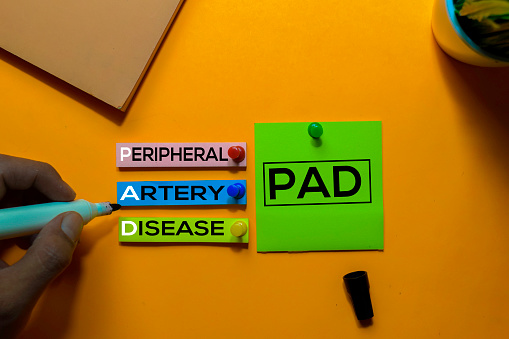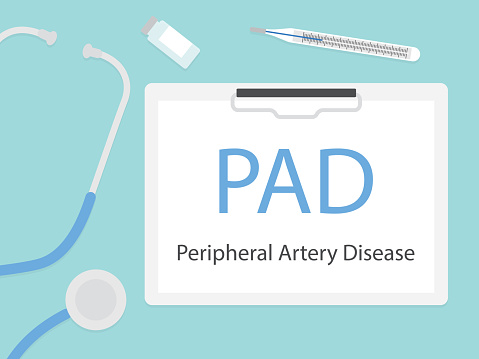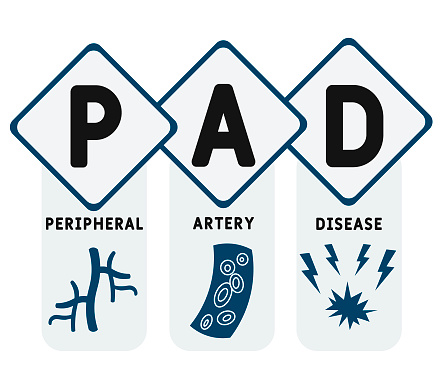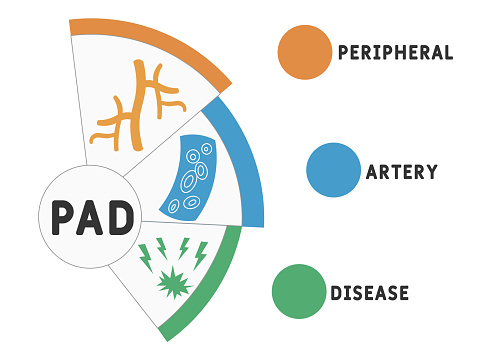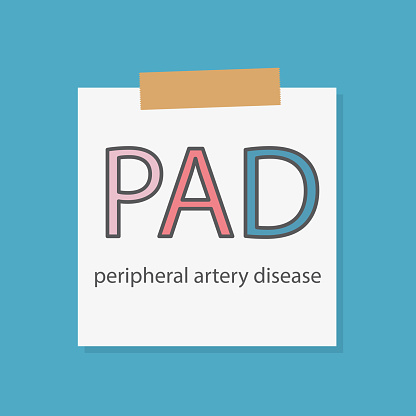A study described a novel technique for enabling operators to perform intravascular ultrasound (IVUS) in peripheral artery disease (PAD). The findings were published in the Journal of Endovascular Therapy.
The aim of this study was to describe a parallel wiring using a single intravascular ultrasound catheter with double rapid exchange lumens (PASSABLE) technique for peripheral chronic total occlusions (CTOs).
The technique was demonstrated in a 73-year-old patient with CTOs of the superficial femoral and popliteal artery. Intravascular ultrasound (IVUS) examination of the patient revealed the first guidewire was advanced to the intramedial space of the popliteal artery. Following insertion of the first guidewire into the distal rapid exchange lumen of the IVUS catheter, and a second guidewire into the proximal rapid exchange lumen, a guidewire torquer was used to tighten an exit port of the proximal rapid exchange lumen to prevent it from exiting, thus aiding the IVUS catheter.
Subsequently, the IVUS catheter was advanced to the intraplaque region using only the distal rapid exchange lumen and the second guidewire was advanced to the intraplaque region under IVUS guidance. The researchers noted that the IVUS-guided wiring using the second guidewire on both the distal and proximal rapid exchange lumen was continued and resulted in a successful guidewire crossing into the distal true lumen.
The researchers wrote that “this novel technique may prove beneficial in enabling operators to perform IVUS-guided parallel wiring more easily and efficiently.”
Link: https://pubmed.ncbi.nlm.nih.gov/34362272/
Keywords: chronic total occlusion, endovascular treatment/therapy, femoropopliteal segment, imaging, peripheral vascular disease


